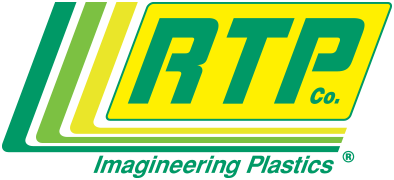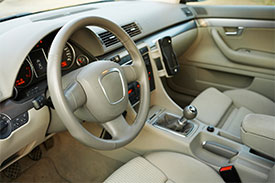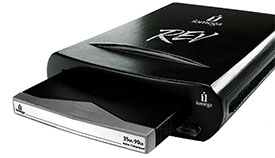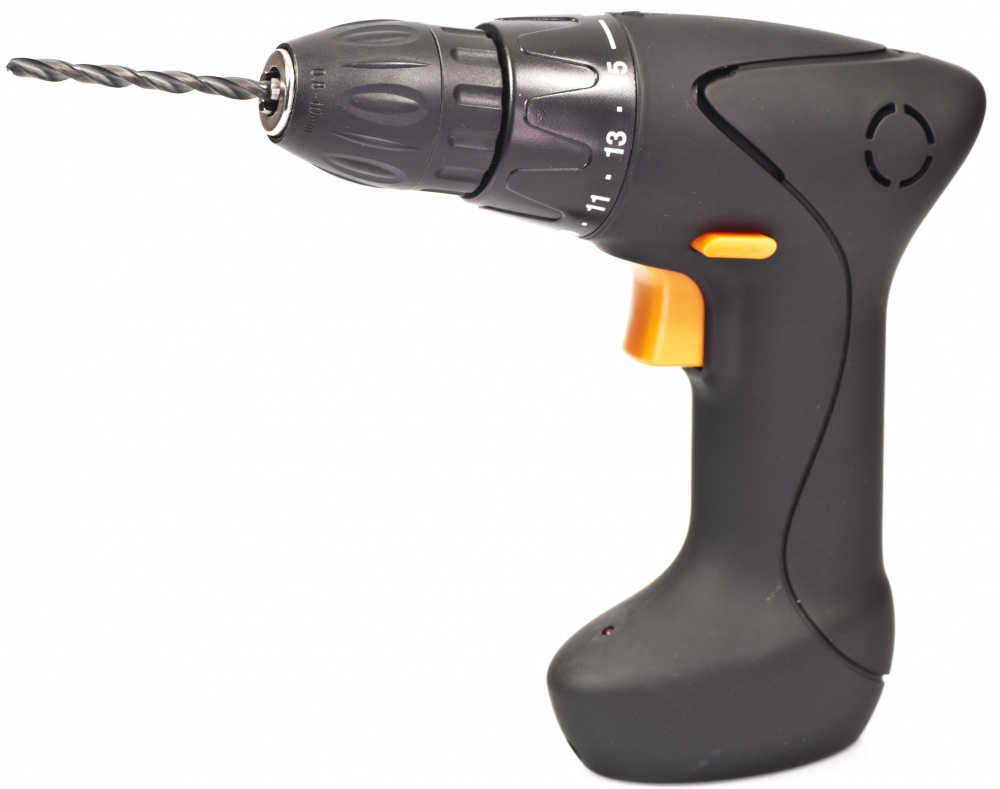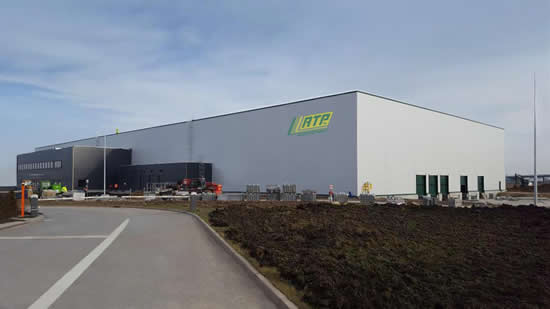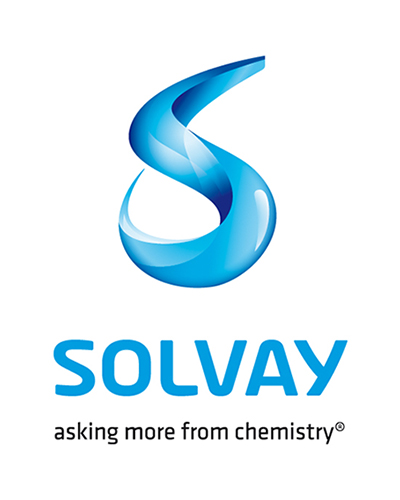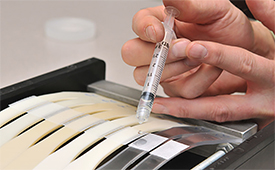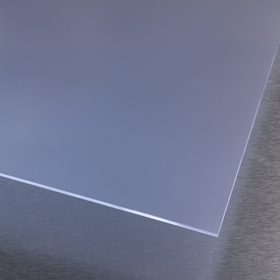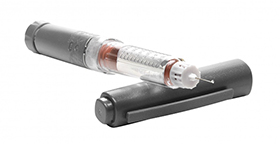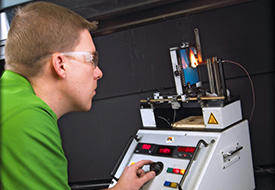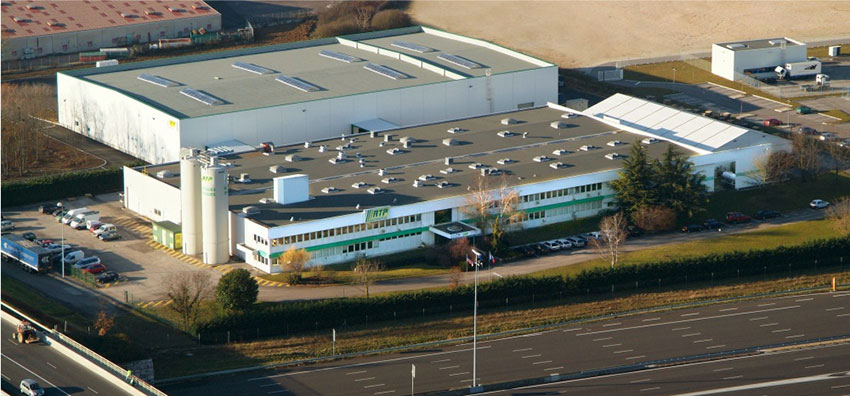WINONA, MINN, USA — Global custom engineered thermoplastic compounder RTP Company has established a controlled manufacturing environment dedicated to the production of clean compounds for sensitive applications in medical, electronic, and other industries at its Winona, Minn., headquarters location.
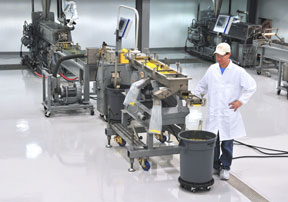
RTP Company’s Ultra Clean Compounding Center
“As a global compounder of custom engineered thermoplastic, our customers continue to challenge us to be at the forefront of many technologies. One common theme we hear from many markets is the desire for clean compounds,” according to Gregg Newby, Global Director of Marketing and Business Development at RTP Company. “In response, we have established an Ultra Clean Compounding Center to manufacture materials for applications with higher quality requirements. The new center is a controlled production environment offering significant improvements that allows us to now supply superior quality clean compounds.”
Currently operational with two extrusion lines, the 3,300 sq ft (305 m2) self-contained Ultra Clean Compounding Center has capacity for four lines and is capable of producing almost any product in RTP Company’s portfolio. Extrusion and post-extrusion operations (cooling, pelletizing, classifying, and packaging) are conducted inside a climate-controlled, positive pressure environment with interlocks to limit access.
Extruders are fully automated with touch-screen controls that allow complete process monitoring and data acquisition. “Compounds produced in our new facility are also ideal for applications that require extensive data recording and robust traceability of the manufacturing process,” added Newby.
Stringent operating and finished product testing protocols are used to minimize any potential for cross contamination during manufacture. Good manufacturing practices are utilized in management and operation of the new center. “Tighter control over the environment and specifications during manufacture results in more consistent compounds and eliminates sources of contamination. We can ensure that materials produced in this facility will set new industry standards,” explained Newby.
Initial demand for clean materials has primarily been driven by the medical and electronics industries, but applications requiring improved cleanliness are quickly spreading to other industries where the cost of contamination in rejected parts is extremely high.
